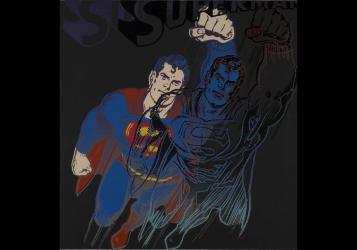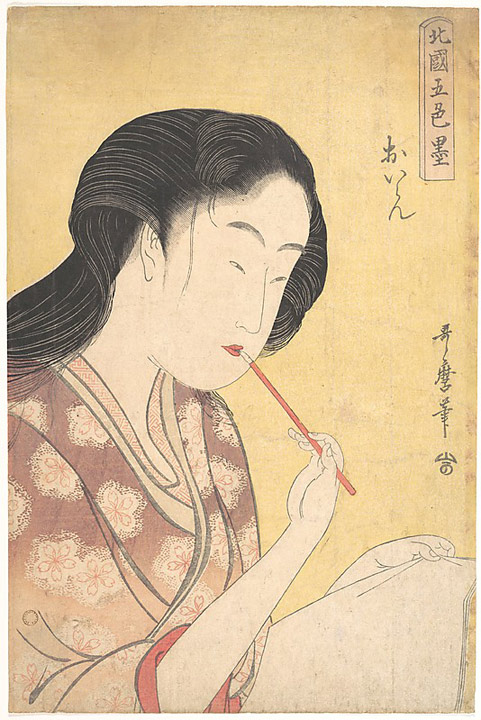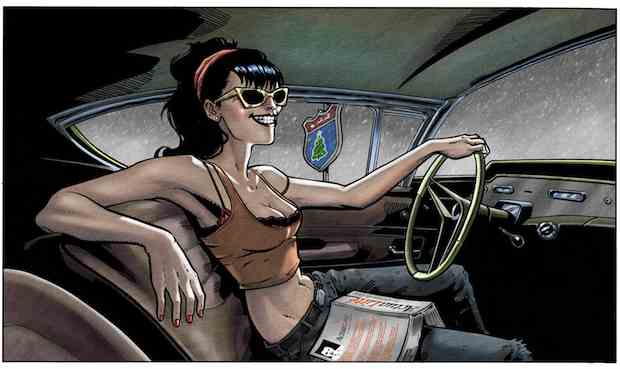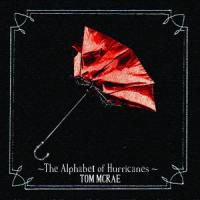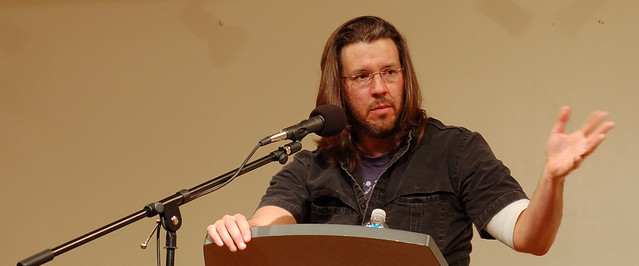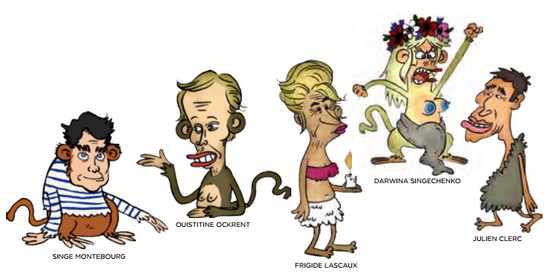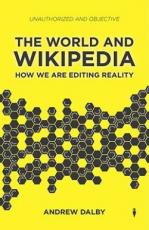Hockney's Eye. The Art and Technology of Depiction
Dossiers
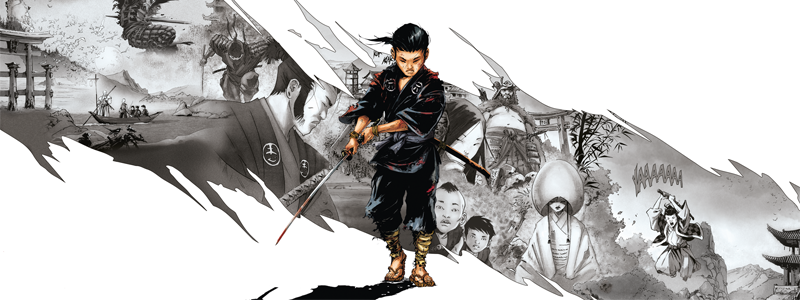
Samurai Origines : l'enfance de l'art
Dans la continuité de la série mère, Samurai, les créateurs Frédéric Genêt et Jean-François Di Gorgio ouvraient un nouveau cycle avec Samurai Origines, en septembre 2017. Un scénario dynamique et saisissant qui nous entraîne dans un voyage initiatique au cœur du Japon médiéval. Mais cette fois, en remontant à l’enfance de Takeo, leur personnage principal.

Le trône de fer : les livres de la saga A Song of Ice and Fire de George RR Martin
Le trône de fer est une immense saga d’héroïque fantasy qui s’inspire de la série des Rois maudits de Maurice Druon. C’est au début des années 1990 que Georges R.R. Martin commence à écrire Le trône de fer, le premier volume est publié en 1996. En 2007, la chaine de télévision HBO acquiert les droits d’adaptations. L’auteur lui-même participe à sa production et écrit le scénario d’un épisode par saison.
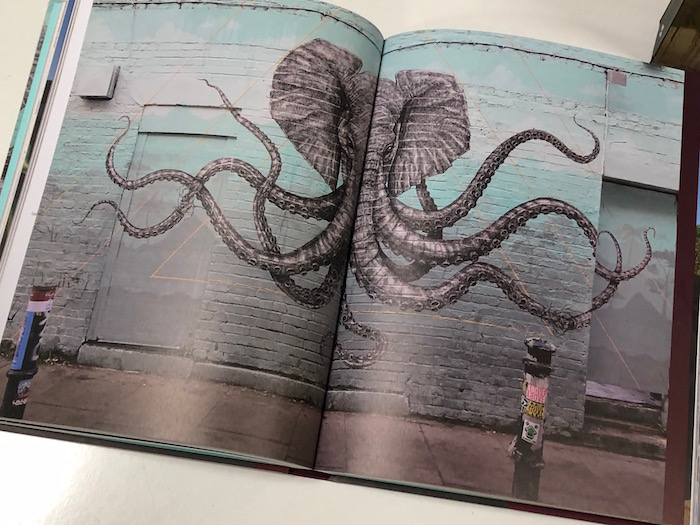
Street art, fresques, tags : des livres au détour des rues
Porté par des figures désormais internationales, comme Banksy, et bien d’autres, le Street Art, ou Art Urbain ne date pas d’hier.

Livres, actualités : tout sur Andrée Chedid
Née le 20 mars 1920 au Caire, en Égypte, sous le nom Andrée Saab, Andrée Chedid y mène ses études, apprenant le français et l'anglais, et utilisant de manière ponctuelle l'arabe. Avec son mari Louis Selim Chedid, qu'elle épouse en 1942, elle part au Liban l'année suivante, où elle publie son premier recueil poétique, On the Trails of My Fancy, sous le pseudonyme A. Lake.

Du stylo à la caméra : 10 ouvrages autour du cinéma
Dans notre civilisation de l’image, le cinéma est roi, et « son encre est la lumière ». À première vue, on mettrait une barrière plus ou moins étanche entre cet art et la littérature. Où sont les grandes descriptions de Stendhal dans ses adaptations cinématographiques ? Où trouver les tableaux inoubliables d’Apocalypse Now chez Flaubert ? Ce serait omettre toutes les fois où les deux arts ont dialogué avec grâce, comme tous ces Hommes de l’écrit qui ont parlé avec force du 7e art.
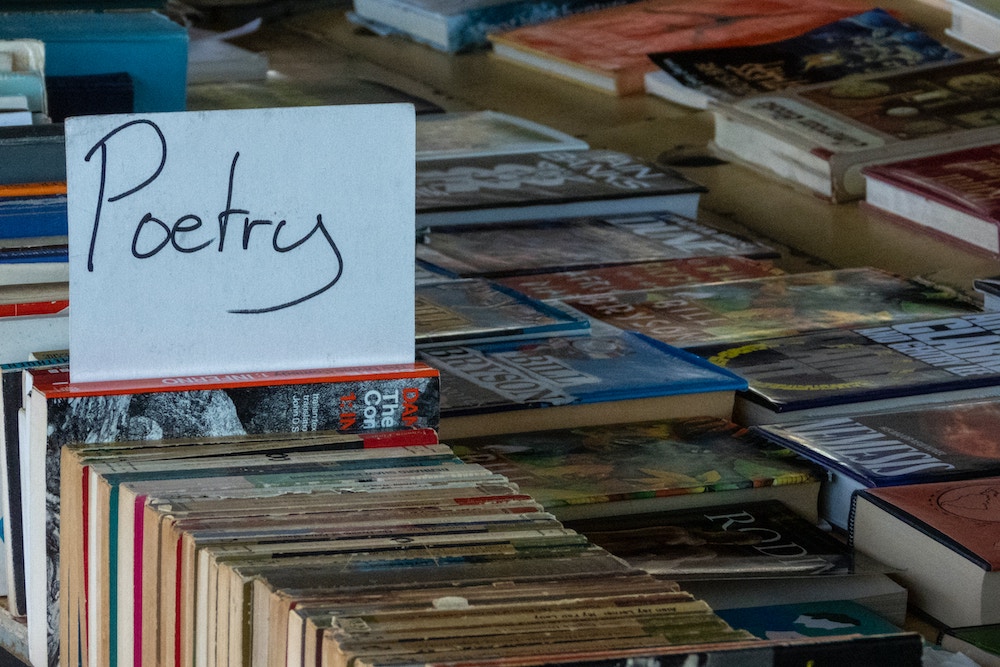
Poésies d'ici, poèmes d'ailleurs
La poésie a longtemps été considérée comme l'apanage des âmes sensibles, des rêveurs et des romantiques. Mais qu'en est-il vraiment ? Est-ce un art réservé à une élite ou peut-on tous s'y adonner ?
Extraits
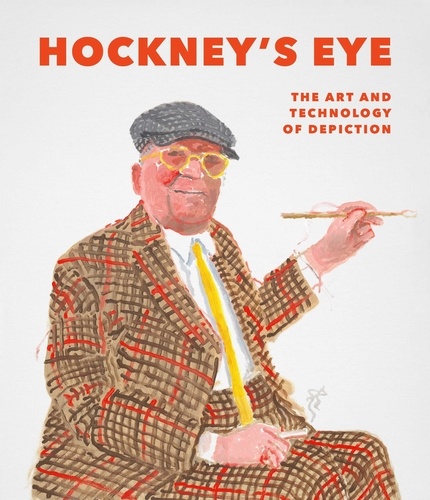
Mouvements artistiques
Hockney's Eye. The Art and Technology of Depiction
04/2022

Histoire et Philosophiesophie
SCIENCE, TECHNOLOGY AND SOCIETY IN CONTEMPORARY JAPAN
01/1999
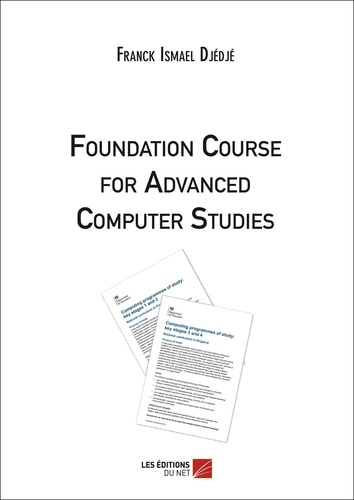
Informatique
Foundation Course for Advanced Computer Studies
11/2015

Histoire et Philosophiesophie
SCIENCE AND TECHNOLOGY IN WORLD HISTORY. An introduction
01/1999
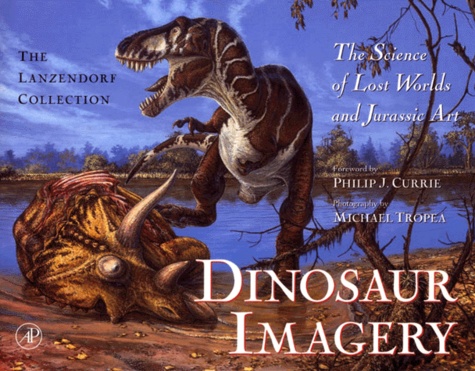
Sciences de la terre et de la
Dinosaur imagery. The Science of Lost Worlds and Jurassic Art, The Lanzendorf Collection
05/2000
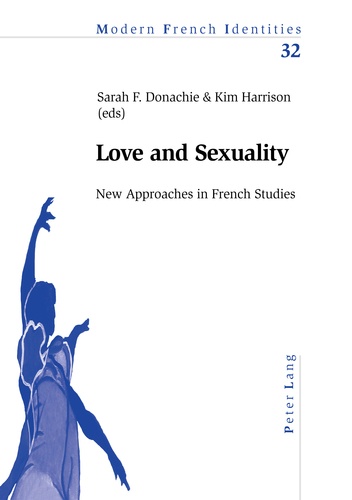
Non classé
Love and Sexuality
07/2005










